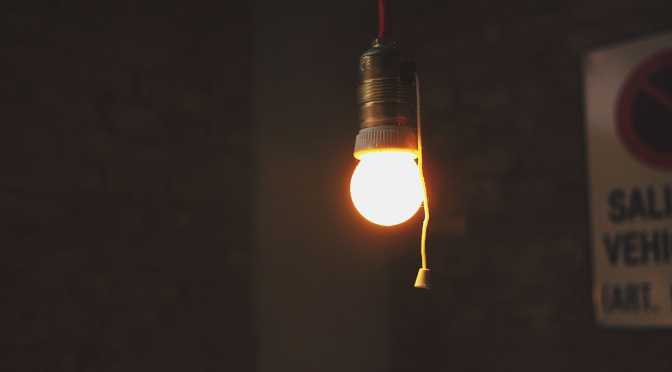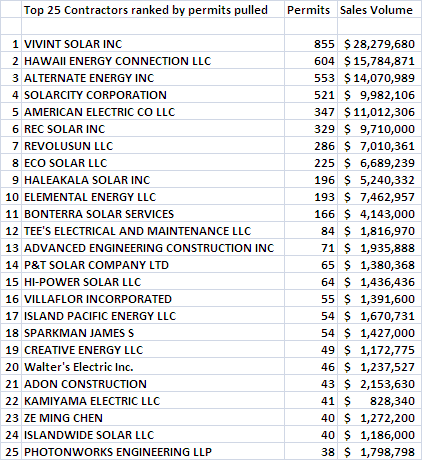Richard Ha writes:
Isn’t it great that the price of oil has dropped so low all of the sudden?!
Wait – is it??
In the short term, for maybe five years, we’re going to be pretty happy here in Hawai‘i. More tourists will travel here, food and electricity costs will drop, and we will have more consumer confidence. We’ll feel like everything’s fine.
But everything is interconnected in our big world now, and could there be any problems with such a sudden and steep drop in oil prices?
Gail Tverberg, the former insurance actuary I sometimes refer to here who is very knowledgeable about such things on a macro level – and who writes the blog Our Finite World – just wrote about this.
In her post Ten Reasons Why a Severe Drop in Oil Prices is a Problem, she writes about the big picture.
From Our Finite World:
Let me explain some of the issues:
Issue 1. If the price of oil is too low, it will simply be left in the ground.
The world badly needs oil for many purposes: to power its cars, to plant it[s] fields, to operate its oil-powered irrigation pumps, and to act as a raw material for making many kinds of products, including medicines and fabrics….
Issue 2. The drop in oil prices is already having an impact on shale extraction and offshore drilling.
While many claims have been made that US shale drilling can be profitable at low prices, actions speak louder than words. (The problem may be a cash flow problem rather than profitability, but either problem cuts off drilling.) Reuters indicates that new oil and gas well permits tumbled by 40% in November…
…
Issue 4. Low oil prices tend to cause debt defaults that have wide ranging consequences. If defaults become widespread, they could affect bank deposits and international trade.
With low oil prices, it becomes much more difficult for shale drillers to pay back the loans they have taken out. Cash flow is much lower, and interest rates on new loans are likely much higher. The huge amount of debt that shale drillers have taken on suddenly becomes at-risk. Energy debt currently accounts for 16% of the US junk bond market, so the amount at risk is substantial.
Dropping oil prices affect international debt as well. The value of Venezuelan bonds recently fell to 51 cents on the dollar, because of the high default risk with low oil prices. Russia’s Rosneft is also reported to be having difficulty with its loans….
Tverberg writes about some pretty extreme consequences of nearing the limits of our finite resources. I’ve said many times that I cannot disagree with her. My approach, though, is to look for workarounds for us here in Hawai‘i.
I’ve also said plenty of times that we are so lucky to have geothermal. It’s not quite “infinite,” but the Big Island will be over the geothermal “hot spot” for 500,000 to a million years, and that’s close enough.
We’ll see where all this takes us. It’s uncharted waters. On the state level, it will be good for us in the short term, but on a higher level – where Gail Tverberg operates and what she writes about – we need to pay serious attention to what’s going on. Have a look at her post. It’s important and enlightening.
It’s been a very interesting week in terms of energy and other issues affecting the Big Island and all the rest of it. Stay tuned. I have more to say!










